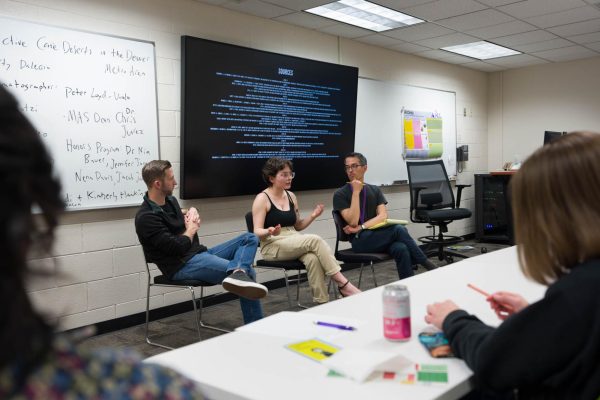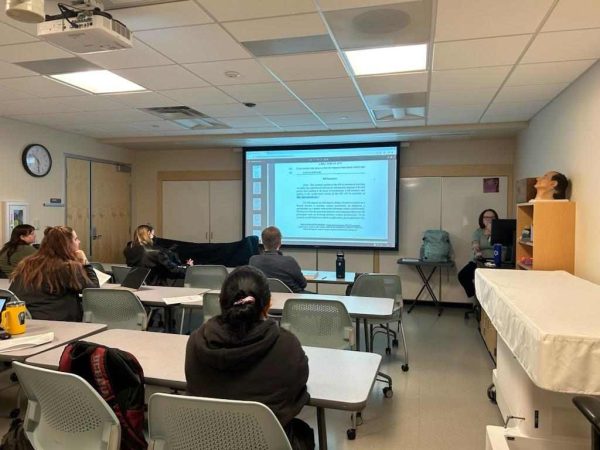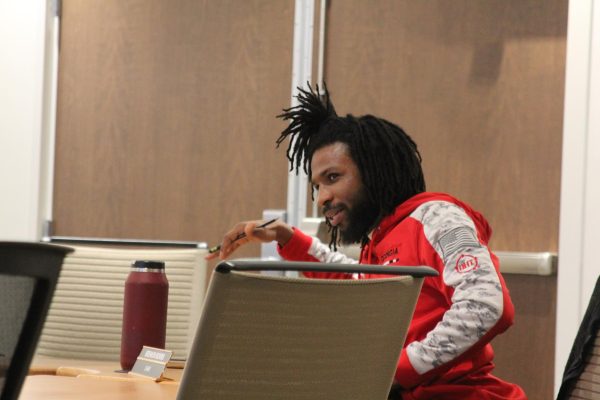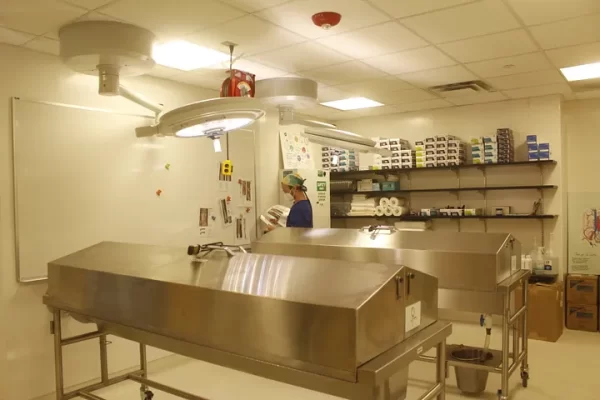ACC Strives to Make a Change in Diversity through the Inclusive Excellence Council
Image via Serena Montoya
Photos taken by Dr. Richard and Michele Steckel installed Thursday, November 8, ? The photos are taken of international local adults or children who left their country to work, study and live in Littleton.
A student pulls their head up and takes a look around the classroom to see the pale skin that surrounds them. Looking down is their dark complexion staring back. Walking out of the classroom into the hallway there are photos of multiracial diverse people, but yet few roam the hallways. Arapahoe Community College, committed to “move mountains” for all students. ACC demographically is low in a racially diverse perspective, not only in their student population but in their faculty and administration. ACC evolves their Inclusive Excellence Council; is that enough?
Arapahoe Community College talks diversity through the Inclusive Excellence Council to demonstrate ACC is aware of the numbers when it comes to diversity at the school.
Scott Gunthner is an English faculty member, co-chair of IEC, along with Chantal Bacca. Determined to create safe spaces or diverse groups of faculty and students at ACC, Gunthner came to ACC from a different community college in Minnesota. Encompassing a larger racially diverse pool, he notices the gap. As he explains, “For complicated reasons, we don’t have as diverse of a student body, faculty, or administration as we could because some of our unconscious biases that operate within our society.”
The IEC is asserted mostly through faculty and administration; students are able to participate, but Gunthner explains that since the turnover rate at a two-year university is so high, it’s difficult for students to stick. The faculty and administrators volunteer, the group as a whole gather together and discuss the inclusive work they will be doing. For example, Guenthner explains that each semester, they [IEC] will focus on three areas as a group, and then ask specific people who care about those things to get involved lead IEC’s work for that area. This year their focus is with the Human Resources department to recruit more diverse individuals, especially in faculty.
The service areas of ACC include Jefferson County and Douglas County, which are the demographics that are examined when determining who is coming to ACC’s campus whether that be faculty or students, according the Gunthner. Their goal is to mirror the demographics of the county to the school, to bring in more diverse groups. For example, in Littleton Colo., ACC’s faculty is mostly white. This demonstrates the lack of diversity seen on campus and in the classrooms. The town’s demographics: 82.1 percent white, 11.8 percent Hispanic, 0.9 percent black, 2.0 percent Asian, 2.4 percent mixed, and 0.7 percent “other.”
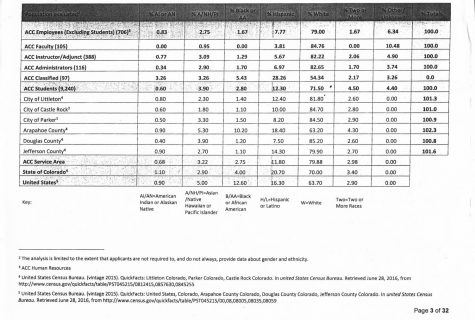
IEC also has a data work group that focus on a multitude of diverse aspects including: race, socio-economic standing, gender identity, and how students are doing on campus to see where there may be gaps. Tracking differs depending on the population, from that data, they are able to see where students are successful and where to change areas that are faltering.
Gunthner explains IEC has a sub group in which they work with people on professional development for faculty, staff and administrators to be aware of things such as unconscious biases. Essentially, teachers are being taught how to be aware and considerate of their own biases to ensure their curriculum is geared towards creating safer environments.
Based on Gunthner’s own personal experience of professional development, he explains, the first part of any professional developmental training is to “examine yourself first, and your own belief systems; consider where those beliefs come from, and how you might be unintentionally perpetuating biases from our society.” Then once known, one is able to see and improve their own biases.
Now, Littleton doesn’t have a large, diverse community to begin with, and demographically one can say this is the reason the faculty isn’t more diverse. Although from when spoken to the HR department in May on the subject, from an anonymous source in the HR department, racial diversifying staff “is hard,” and “full of grey” during the hiring process. Diversity has been increasing from ten years ago and “for the area, we are within numbers.” This source adds: “Does that mean ACC takes a stance on ‘don’t worry about it’? No.”
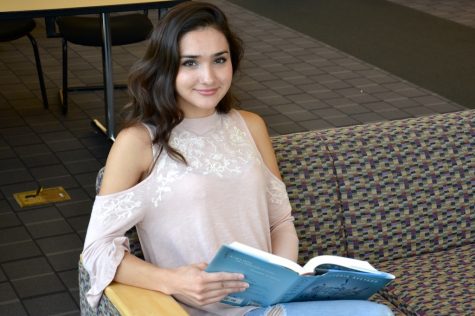
Serena Montoya is a second-year Arapahoe Community College student, majoring in journalism. She will be wrapping up her studies at ACC this fall and transferring to MSU Denver come spring to complete a bachelor's degree. In her free...




